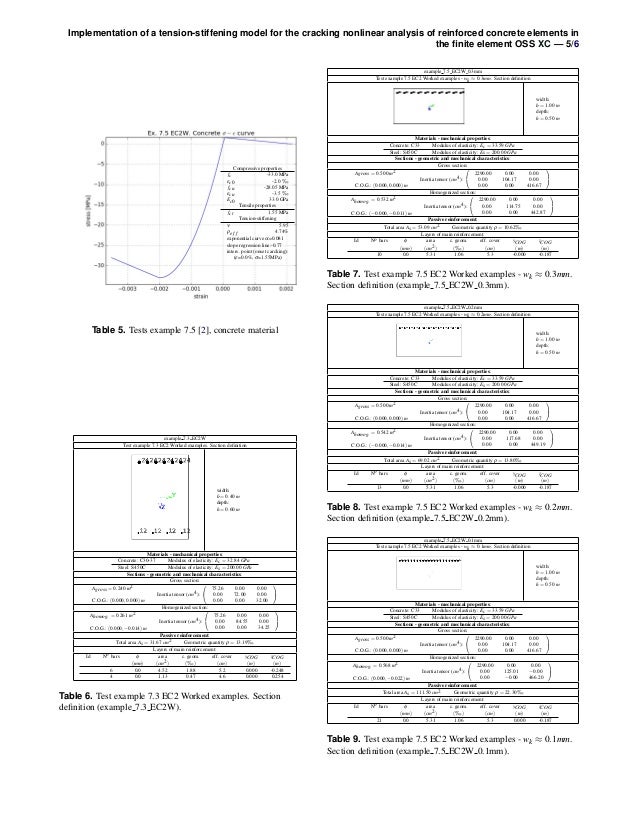Practical Design to Eurocode 2. Watchguard Feature Key Keygen Free there. Design crack width is w k Note: slabs ≤ 200mm depth are OK if As,min is provided. Calculation Crack control.

CRACK WIDTH CALCULATIONS ACCORDING TO EUROCODE 2 Eurocode 2 (EN1992-1-1) proposes equations for the calculation of crack width, taking into account several parameters, like the concrete and steel strain and reinforcing bar diameters. According to Eurocode 2, the crack width, w k, can be calculated from the following equation: wk = sr,max (εsm –εcm), where sr,max: the maximum crack spacing εsm: the mean strain in the reinforcement under the relevant combination of loads, including the effect of imposed deformations and taking into account the effects of tension stiffening.
Only the additional tensile strain beyond the state of zero strain of the concrete at the same level is considered εcm: the mean strain in the concrete between cracks • The difference εsm –εcm can be calculated from the following expression:, where: σs: the stress in the tension reinforcement assuming a cracked section. For pretensioned members, σs may be replaced by Δσp the stress variation in prestressing tendons from the state of zero strain of the concrete at the same level.
Αe: the ratio Es/Ecm ρp,eff (As + ξ1 2 Ap’)/Ac,eff,where Ap‘ is the area of pre or post-tensioned tendons within Ac,eff.
FREE VERSION OF RCsolver - Concrete Design with EC2, EC8, and ACI 318 Get full capabiltiies with our free version of RC-Solver once you signup for our newsletter. With the free version you will have to wait 30 seconds for advertisements. Upgrade to the ad free version for only $150 * Direct download link is available in the second e-mail that you receive, since you verify your subscription. Crack Control according to Eurocode 2 Cracking shall be limited to an extent that will not impair the proper functioning or durability of the structure or cause its appearance to be unacceptable. Cracking is normal in reinforced concrete structures subject to bending, shear, torsion or tension resulting from either direct loading or restraint or imposed deformations. Cracks may also arise from other causes such as plastic shrinkage or expansive chemical reactions within the hardened concrete. Such cracks may be unacceptably large but their avoidance and control lie outside the scope of Eurocode 2-1.1.
Cracks may be permitted to form without any attempt to control their width, provided they do not impair the functioning of the structure. A limiting calculated crack width, w max, taking into account the proposed function and nature of the structure and the costs of limiting cracking, should be established.
W max is defined in the National Annexes. The recommended values are presented in Table 1 below. Table 1: Recommended values of w max (mm). ( Eurocode 2– Table 7.1Ν ).